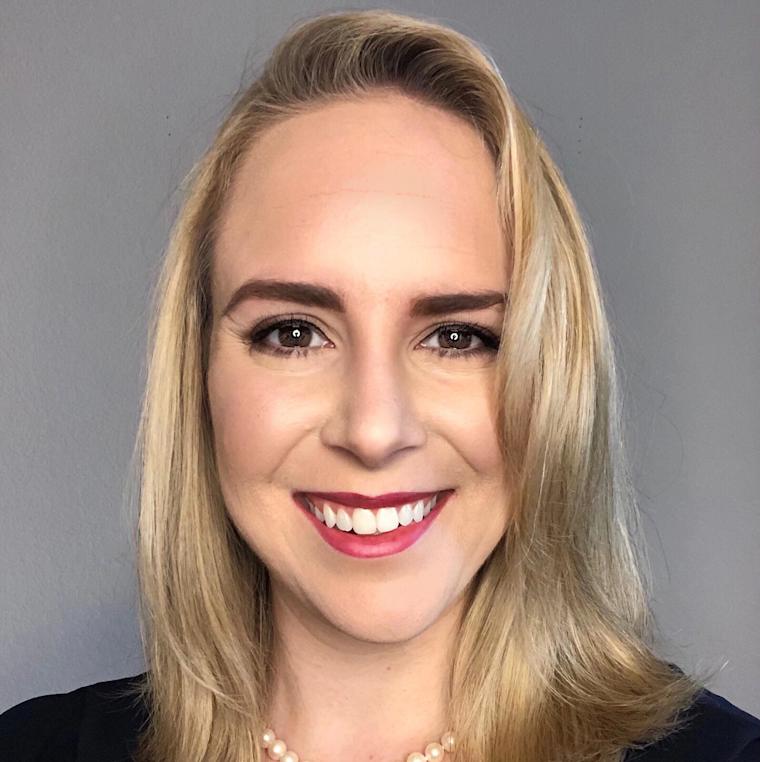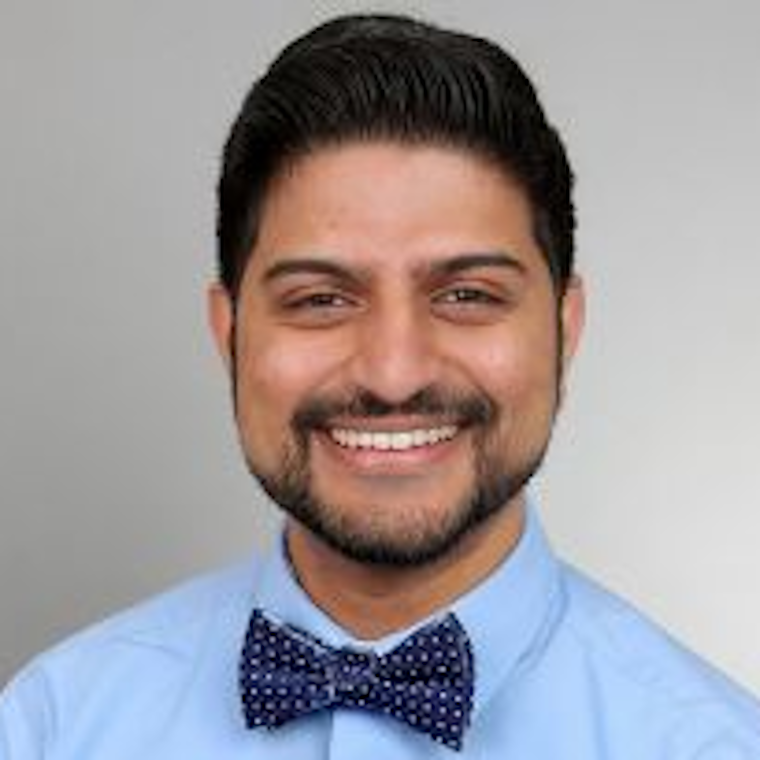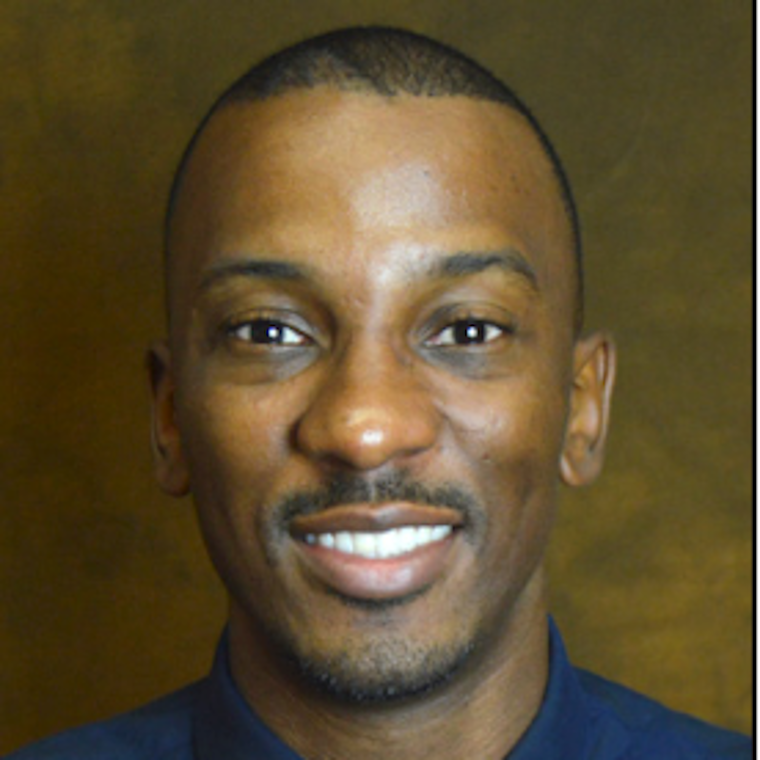#ACGME2022 Session Summary: Fostering Meaning and Connections through Storytelling and Written Reflection
Storytelling is a fundamental dimension of the human experience. It can also be a powerful tool in medicine; encouraging patients to be compliant with physician recommendations; deepening physician understanding of complexities surrounding a patient’s diagnosis, treatment, and prognosis; and even reducing burnout in physicians.
In “Fostering Meaning and Connections through Storytelling and Written Reflection,” four presenters discussed the concept and potential benefits of narrative medicine and suggested simple ways for graduate medical education (GME) programs to incorporate the practice into curricula.
Amanda Xi, MD, MSE and Breanne Jaqua, DO, MPH discovered the power of narrative medicine during the COVID-19 pandemic.
“I found myself coming home after shifts in the ER feeling the need to write about my day, said Dr. Jaqua, an emergency room physician at A.T. Still University - School of Osteopathic Medicine in Arizona and Chair of the ACGME’s Council of Review Committee Residents (CRCR). “It was raw and gritty and uncensored, but this journaling practice helped me reflect during a time of great uncertainty and turmoil.”
For Dr. Xi, writing down her experiences during the pandemic were not only therapeutic for herself, but also fostered a sense of camaraderie with others.
“Storytelling and narrative medicine were both areas in which I was able to really gather my thoughts and express them and connect with my colleagues and trainees on a deeper level,” she said.
Why Storytelling and Narrative Medicine Are Important
While there are many definitions for what storytelling is, the presenters suggested that storytelling uses words and actions to interact with and encourage the imagination of an audience, and that building on that definition, narrative medicine is storytelling in the context of health care.
Asking patients a list of direct questions may be an efficient method of gathering information about a patient’s health, but it may not be the most beneficial, said Gabriel Daniels, MD, a pediatric resident and member of the CRCR.
“If we listen for the stories, we can hear what patients are actually trying to tell us,” he said. “We can understand their values. We can understand what is actually bringing them in.”
Storytelling as narrative medicine can include health care professionals describing patient care experiences with other professionals, health care professionals sharing patient stories with other patients (adhering to privacy laws, of course), and patients describing their personal experiences to their physicians. Research indicates narrative medicine can improve patient understanding of and adherence to preventive health measures and reduce burnout in health care professionals.
Stories can make medical treatments more understandable and provide context for the treatment, Dr. Daniels said, and show patients how a change in behavior can be beneficial and feel conversational, as opposed to a top-down “this needs to change” order.
“When patients feel a physician has truly listened to them, it builds a sense of care and community between the doctor and patient,” he added.
Getting Started
The presenters suggested two ways to start documenting experiences for a narrative medicine practice. The first technique is “daily homework,” in which the physician takes five minutes daily to jot down a moment from the day; it doesn’t have to be a completed composition.
“The point is that you give yourself a mental note that “this happened today, and I want to remember it… and create a story from it in the future,” Dr. Xi said.
The second technique is to write in a stream of consciousness style for five minutes. This requires writing without stopping and being non-judgmental of the ideas that come to mind. Narrative medicine exercises can also include photo, video, or written prompts, like questions or quotes to which the participant responds.
“As you do this, you have more and more ability to be able to reflect and make it into a story you can tell to others,” Dr. Xi said.
Building Narrative Medicine into the Curriculum
The ACGME Common Program Requirements for both residents and fellows state that learners must demonstrate competence in compassion, integrity, and respect for others (IV.B.1.a).(1).(a)); narrative medicine can help build those skills, the presenters said.
They suggest dedicating specific time to signify the exercise’s importance and maximize on the existing schedule. This could be as simple as structuring a 30-minute exercise once or twice a year to introduce residents and fellows to the concept.
Prompts should be short and able to be viewed/read during the dedicated time, not given as additional work, said Wali Johnson, MD, a general surgeon at Vanderbilt University Medical Center and vice chair of the CRCR. Using clinical scenarios as prompts is a good starting point, he added.
The physical space can also contribute to an exercise’s success, Dr. Jaqua said, so, if possible, hold the exercise in a smaller, more intimate space to foster trust. Program directors and faculty members should be willing to lead by example, sharing their own stories and being vulnerable with their learners.
While these exercises need not be laborious or complex, there is groundwork to complete to ensure it is successful, Dr. Johnson said. When encouraging residents and fellows to capture stories, faculty members need to acknowledge, absorb, interpret, and (if necessary) act.
“Everybody leading these exercises should decide what you’re going to do. What’s the prompt, and what are you going to do if someone discloses something potentially difficult that needs addressing?” he said. A faculty member (not another resident or fellow) should be available to cover a shift if a learner reveals something concerning during the exercise; doing this demonstrates how important this exercise is to the program and alleviates the burden of finding someone to cover the shift off the resident, Dr. Johnson said.
Ultimately, the presenters concluded, incorporating storytelling and narrative medicine into clinical settings and GME helps keep focus on what’s truly important.
“We are all in medicine to help people,” Dr. Jaqua said, “and narrative medicine helps to restore the humanity in the practice of medicine.”








